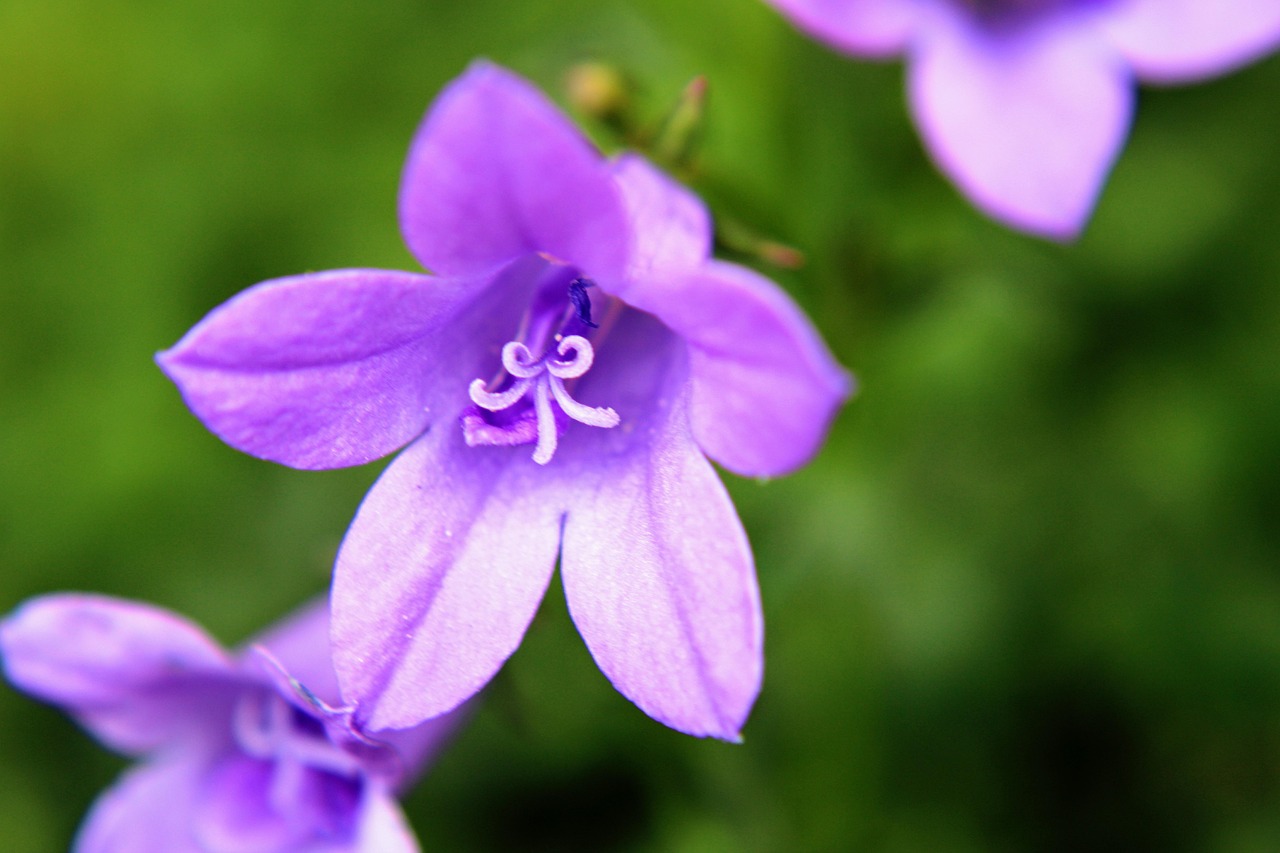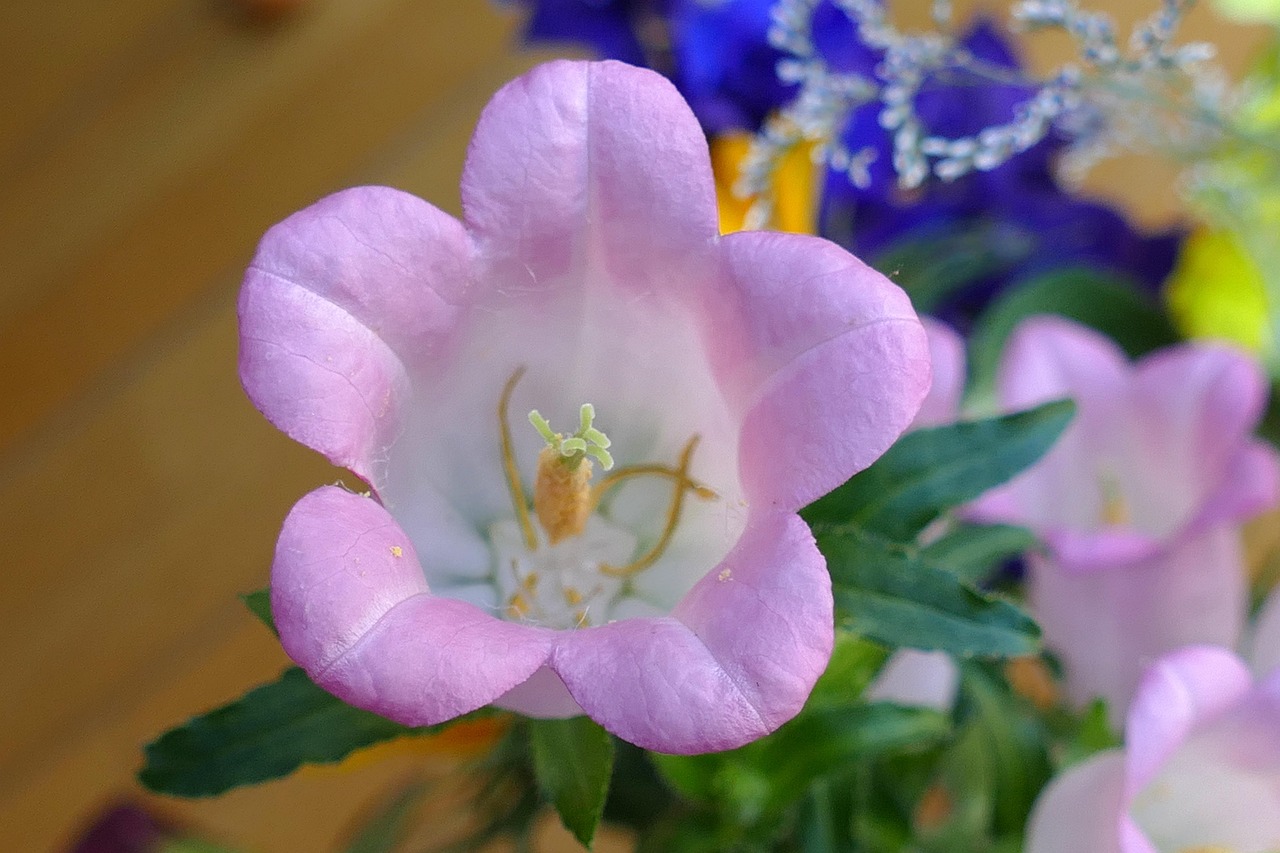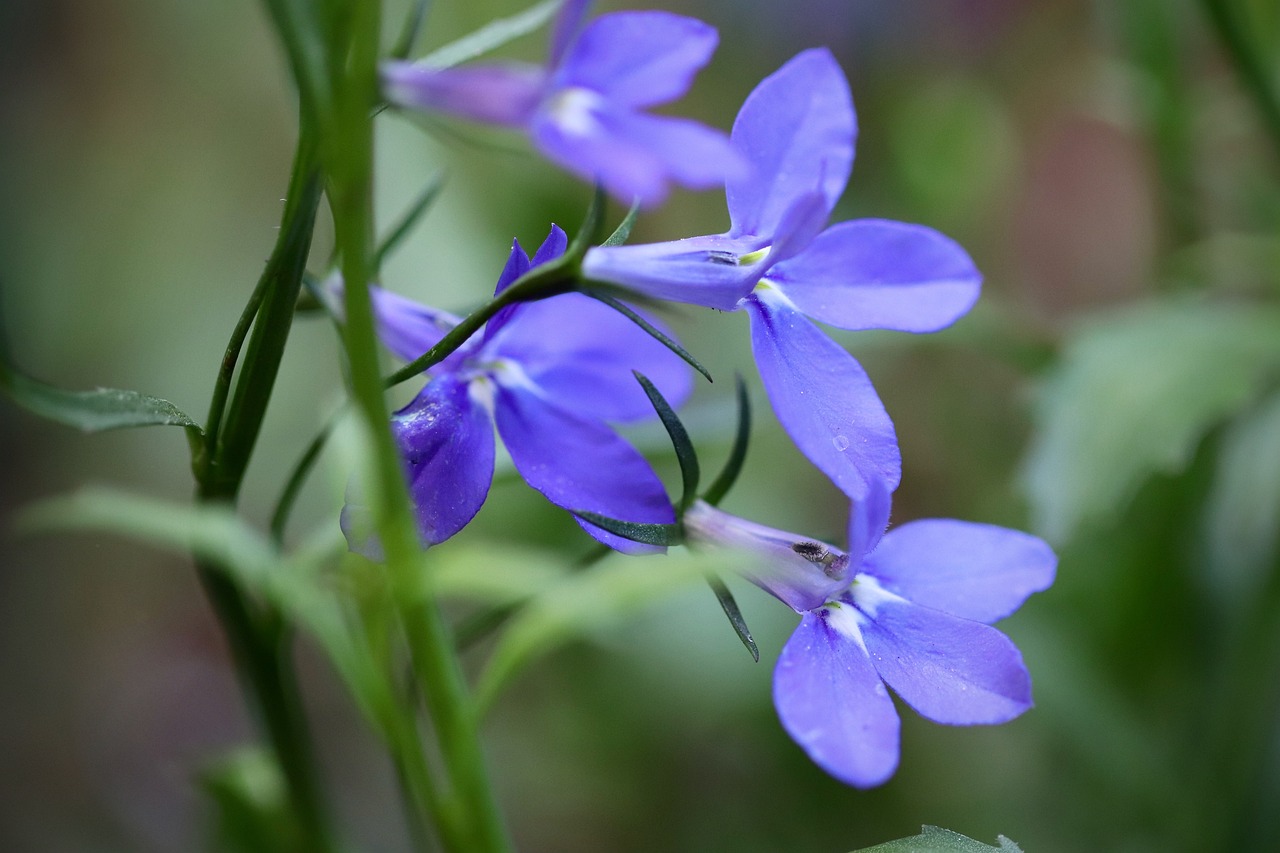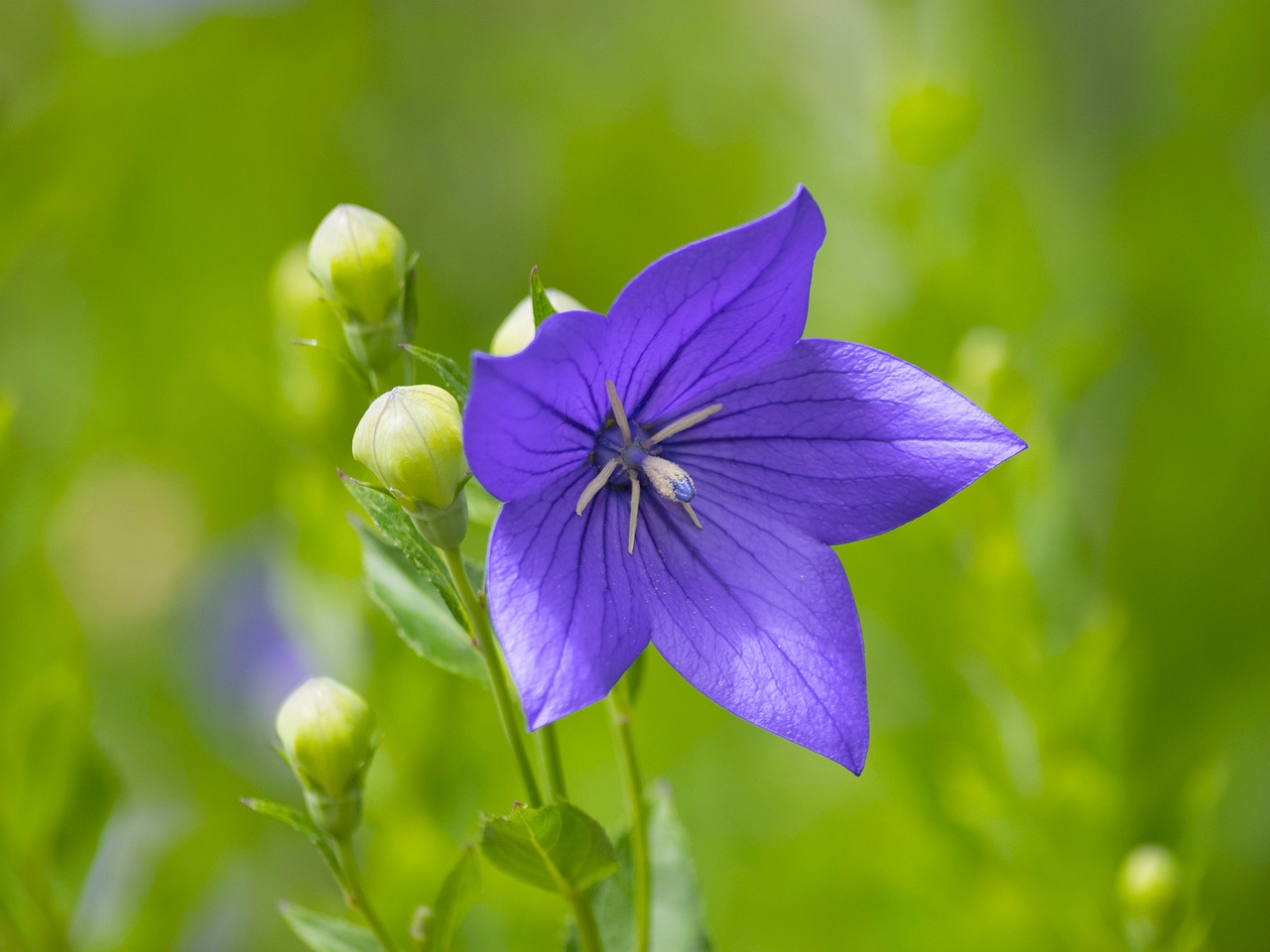Campanula | The Bell Flower Swaying in the Western Meadows
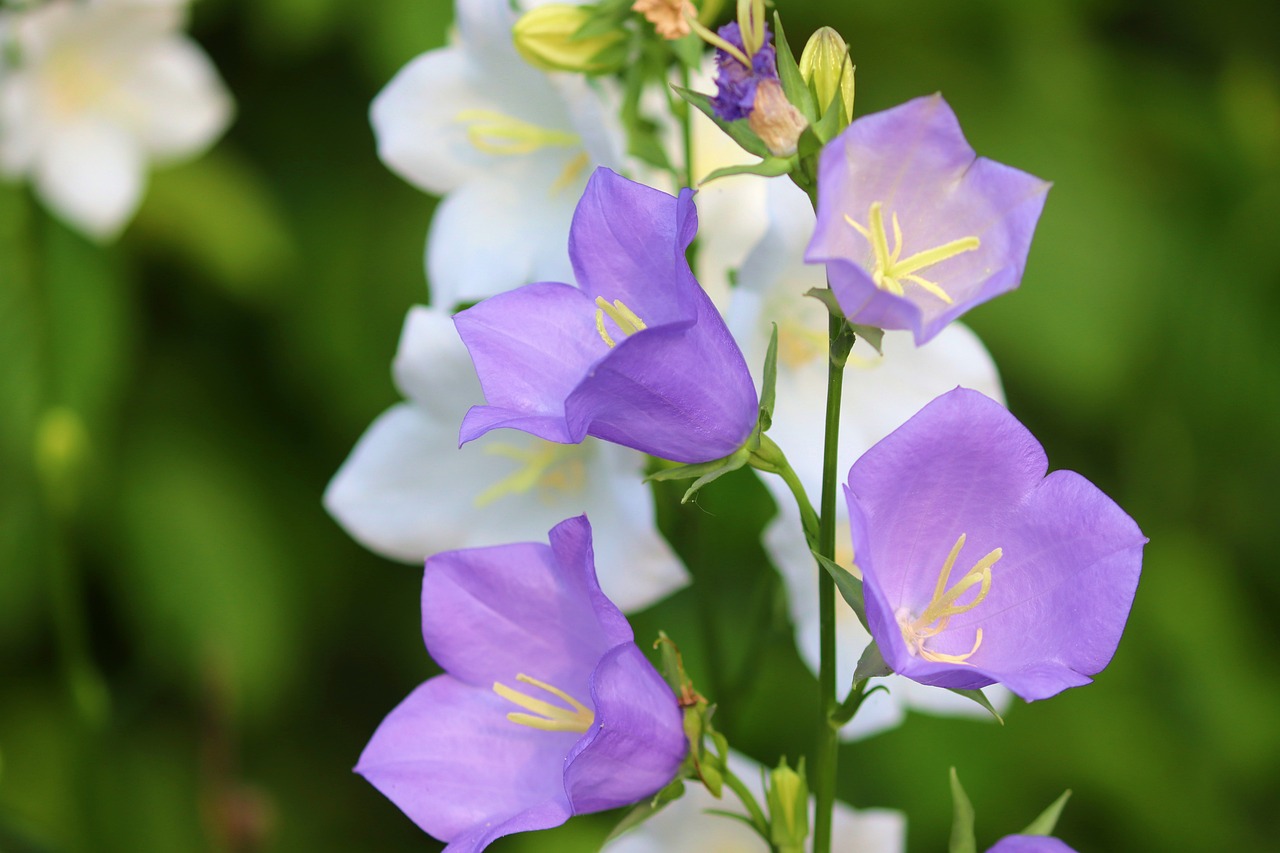
I introduce Campanula, a flower characterized by its delicate, bell-shaped blossoms that bring a sense of pure beauty to gardens and flowerbeds. Its name comes from Latin, meaning “little bell,” a perfect description of its appearance.
Because it is hardy and easy to grow, Campanula is loved by many and is suitable even for beginner gardeners.
In this article, I will present detailed information about Campanula, including its basic characteristics, cultural background, and gardening tips.
Basic Information
- Scientific name: Campanula
- Family: Campanulaceae
- Origin:
Temperate regions of the Northern Hemisphere (Europe, Asia, North America) - Appearance:
Bell-shaped flowers in a wide range of colors—white, blue, purple, pink. There are both dwarf and tall varieties, making it suitable for flowerbeds, container planting, and even as cut flowers. Despite its delicate look, it is highly cold-resistant. - Blooming season:
Mainly from spring to summer, though some varieties continue blooming into autumn.
Cultural Significance Around the World
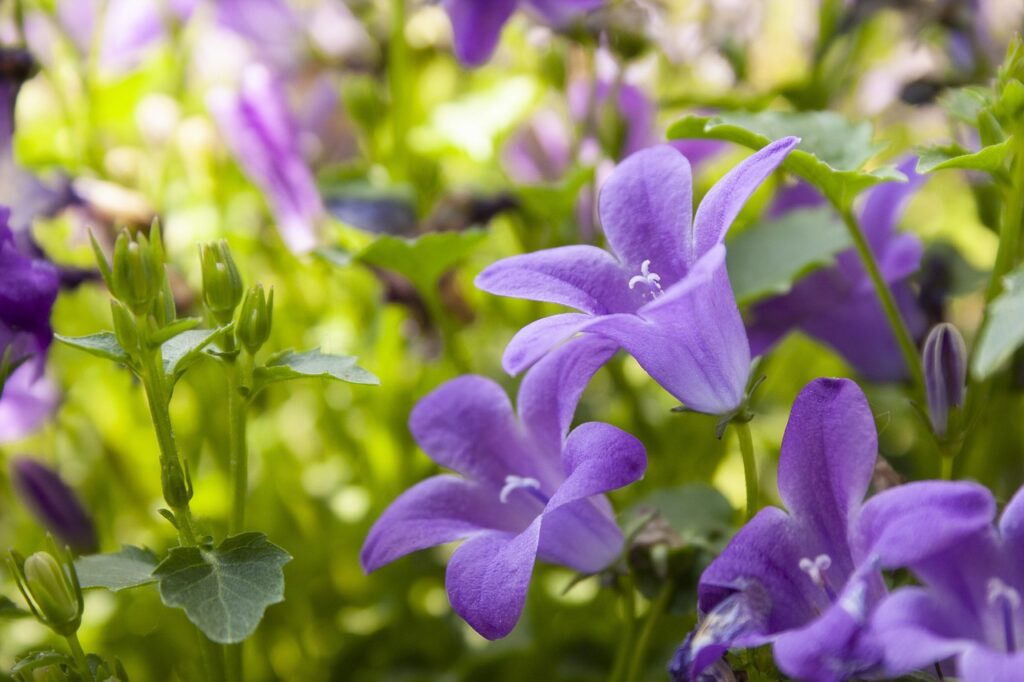
Thanks to its charming shape and refreshing colors, Campanula is popular in many countries.
In Europe, it is often used in gardens and wedding decorations. With the meanings of “gratitude” and “sincerity” in the language of flowers, it is also a popular gift.
In Christian traditions, Campanula symbolizes the “bells of angels” and is sometimes used in religious ceremonies.
In gardens across England and Germany, Campanula creates romantic landscapes and is widely cherished.
Historical Episodes
The name “Campanula” comes from Latin for “little bell,” referring to its bell-like blossoms.
In Europe, it has long been known as the “flower of fairies,” with legends that fairies dwell inside its tiny bells. In ancient Rome, Campanula was believed to bring good fortune. Planting it near entrances was thought to ward off misfortune.
Thus, Campanula is a flower with many stories and symbolic meanings throughout history.
Gardening Advice
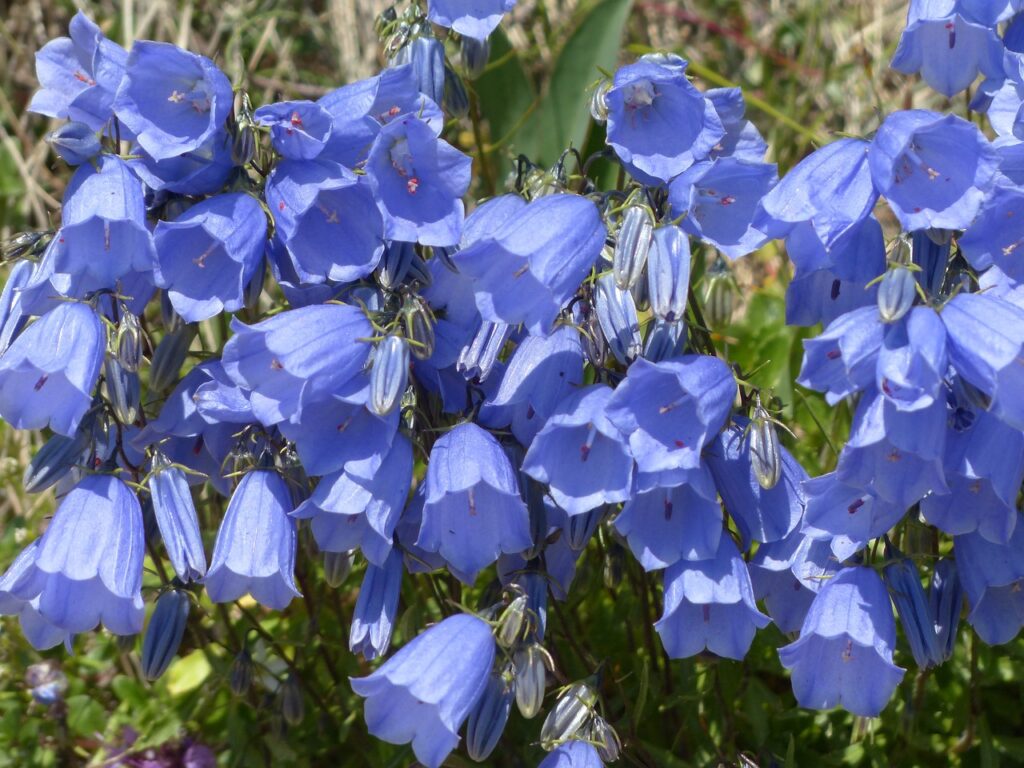
Cultivation Guide
Campanula prefers sunny locations, but many varieties can also grow in partial shade, making it versatile in different areas of the garden.
Choose well-drained soil to prevent root rot and avoid excessive humidity. Water thoroughly when the soil dries out, especially during summer droughts.
Deadheading spent flowers encourages new blooms.
Environment and Growing Conditions
Campanula thrives in neutral to slightly alkaline soil. Moderately fertile soil helps the plant grow vigorously. Apply fertilizer in early spring to promote flowering.
In colder regions, protect the roots with mulch during winter.
Pruning after flowering by removing unnecessary stems will encourage new growth.
Conclusion
With its beautiful bell-shaped blossoms and wide range of colors, Campanula is an ideal flower for brightening up gardens and flowerbeds.
Its ease of cultivation and cold resistance make it highly recommended for beginner gardeners. I encourage you to add Campanula to your next gardening project and enjoy the charm of its delicate flowers.

